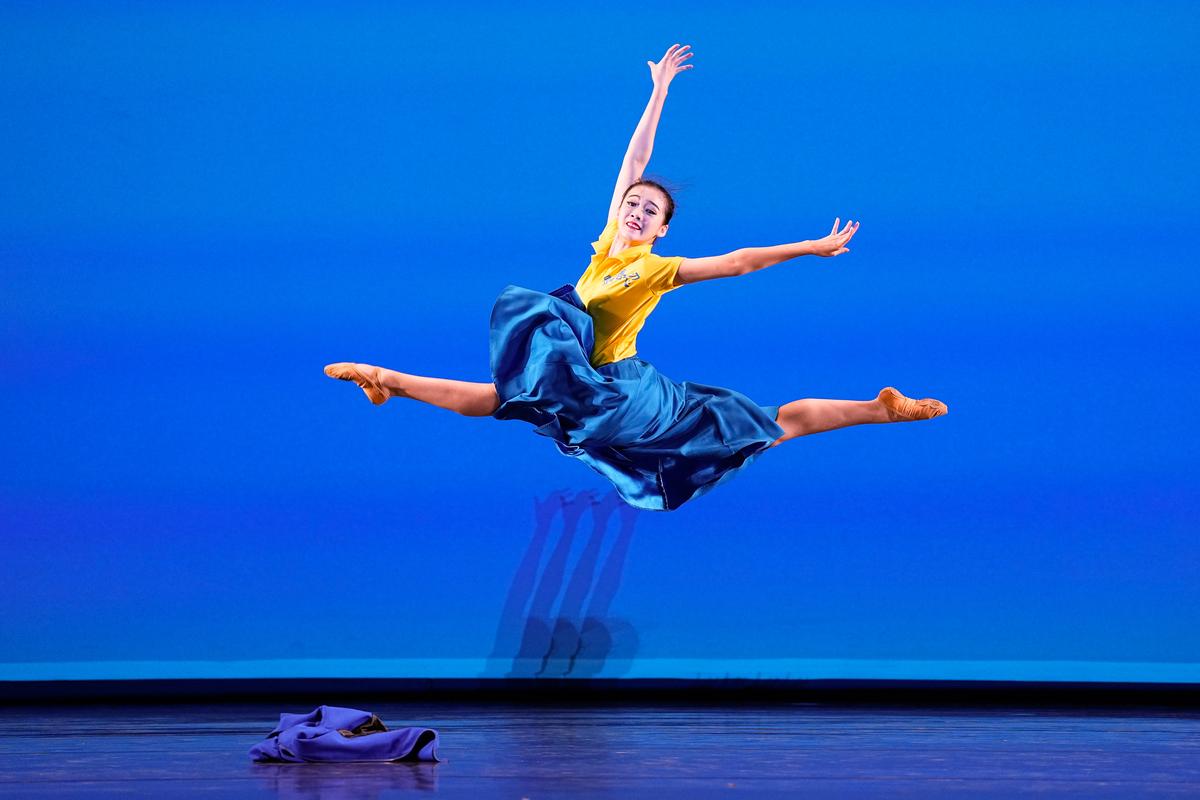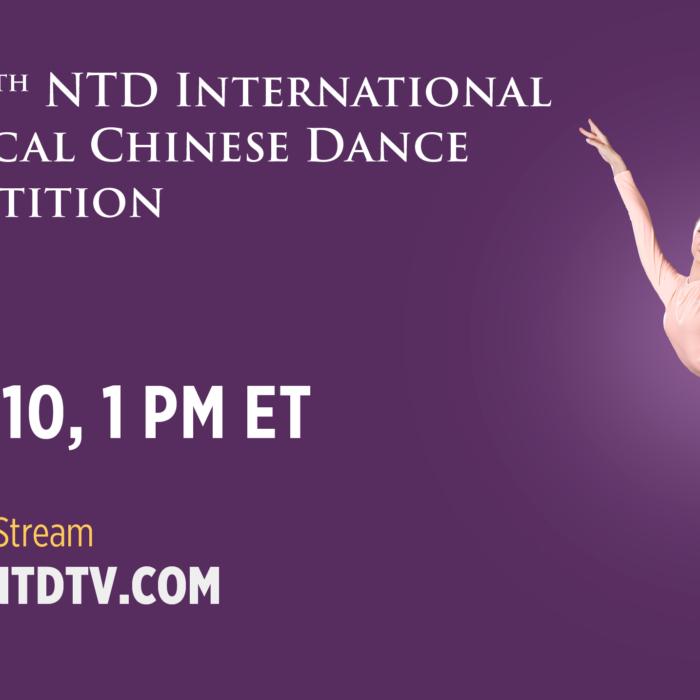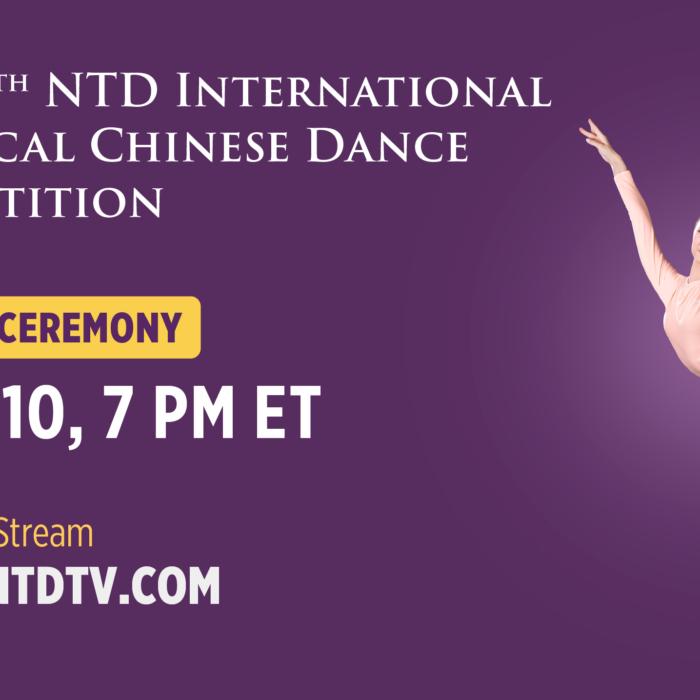Its adherence to authentic, traditional Chinese culture in the art form it aims to judge is no small feat—this culture that more than 100 artists have come together to revive is one that the Chinese Communist Party (CCP) sought to wipe through decades of violent campaigns like the Cultural Revolution.
This year, the millennia-old dance skill of “shen dai shou” will be on full display, with some of the pioneers of its revival on the jury panel. Dancers have traveled far and wide to see it in action.
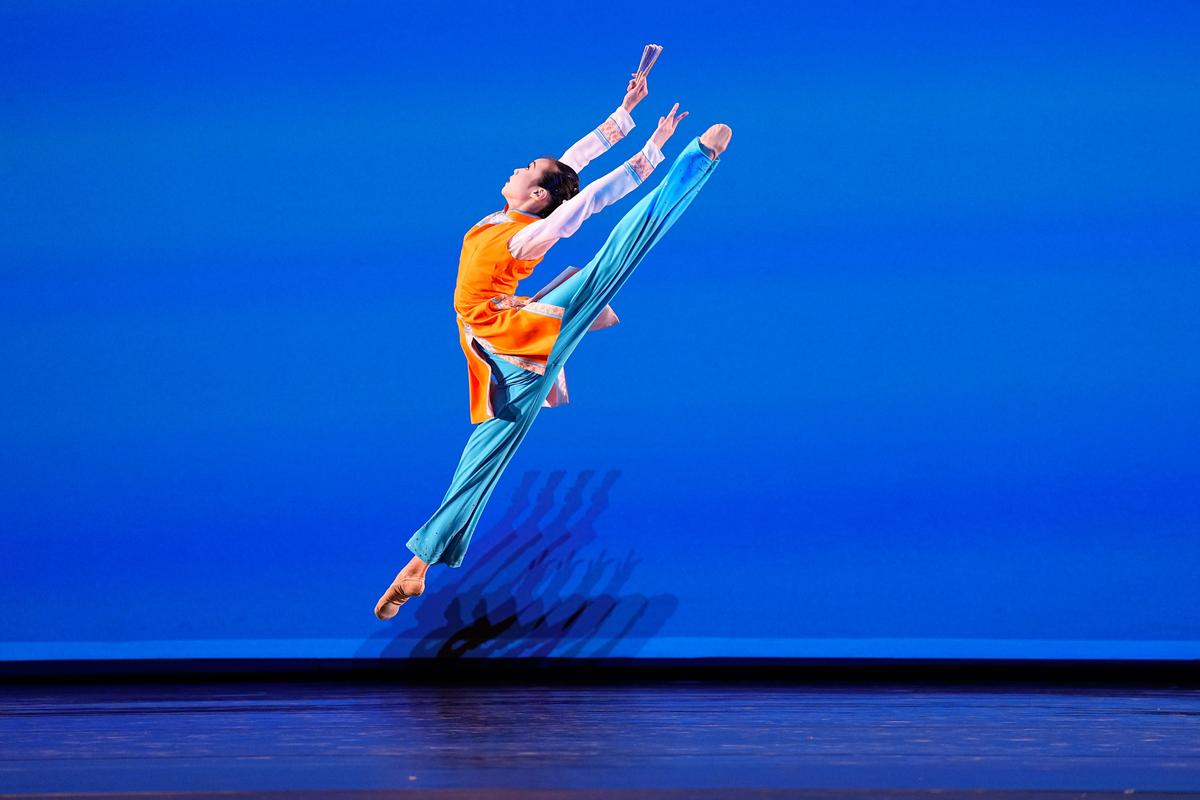
Ms. Lin Yujen from Taiwan was one such dancer. She told NTD that she had wanted to join the competition last time around, in 2021, but could not come to New York due to the pandemic. When she saw the competition was being held again, she was determined she would make it this time.
The Pinnacle of Dance Skills
“Shen dai shou” translates literally into “body leading the hands.” Some call it a skill, technique, or method of dance, but the term has been around since antiquity, and its aim is to elongate the dancers’ movements and amplify their expressive power. The pursuit of such a technique is not limited to classical Chinese dance—the quest for longer lines and enhanced expressivity led to pointe shoes in ballet and dance companies to favor ever more athletic dancers.It’s what many in the dance community call “the pinnacle of skill.”
In the classical Chinese dance community, “shen dai shou” is mentioned often as a principle, or an ideal, but it had not been taught explicitly as a technique for thousands of years.
It wasn’t until just a few years ago, when Shen Yun Performing Arts’s artistic director imparted the skill to company dancers that it reemerged in earnest.
Since then, Shen Yun company dancers have figured out how to use it, how to teach it, and now have organized a way to teach it systematically, embedding the skill into dance fundamentals and creating its own style and pedagogical method. It’s no longer a “gift” or “sense” that one dancer may have over another; the original pedagogy will ensure the skill can be passed down for generations in its pure form. Today, dancers at Fei Tian Academy of the Arts, a feeder school for New York-based Shen Yun, are trained in this method from the ground up.
“It helps in every aspect of dance,” William Li, a longtime Shen Yun principal dancer and judge in this year’s competition, told NTD. “Your movements become more beautiful because it’s longer, and it almost becomes easier to move. You feel more graceful, more agile, and you would have a grand air about you when you’re dancing. So the audience will really notice the difference, I think.”
“I think it’s something that is essential to classical Chinese dance,” he said.
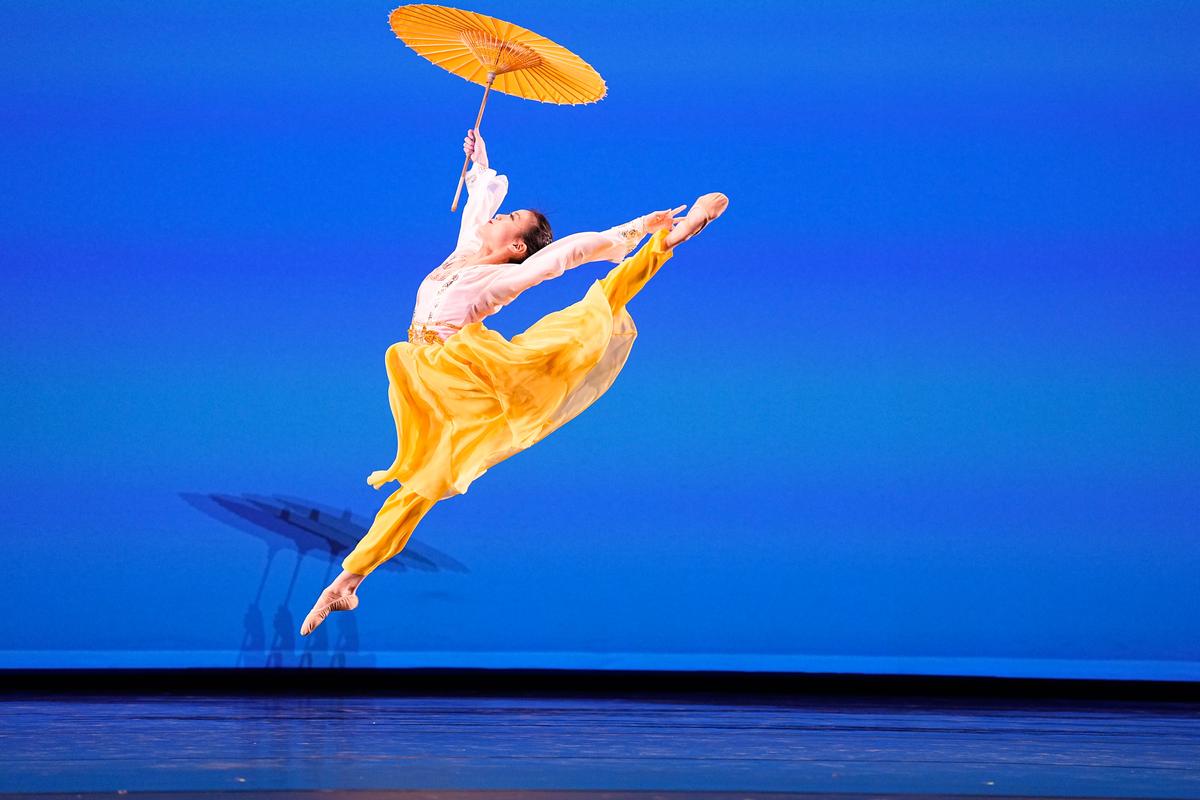
What It Takes
Classical Chinese dance has four main components: form, bearing, tumbling technique, and dance technique.And while technique is paramount, experts and judges for the competition say that for classical Chinese dance, an understanding of traditional Chinese culture is essential.
“What is required of a dance performer is that your body can speak through your art to express inner feelings … so that’s a very high standard,” said Zhang Minghui, an expert in classical Chinese dance and now an instructor at Shen Yun who is also one of the judges of the NTD competition, told the television station.
“To perform well in classical Chinese dance, one must love Chinese culture and strive to enhance their understanding of it.”
In classical Chinese dance, the dancer is often portraying a character, whether that be a famous historical figure, an unnamed idea around a figure from a certain period, or a certain cultural idea. The art form requires the artist to fully embody what they portray through every glance and gesture. Dance, after all, is a body language.
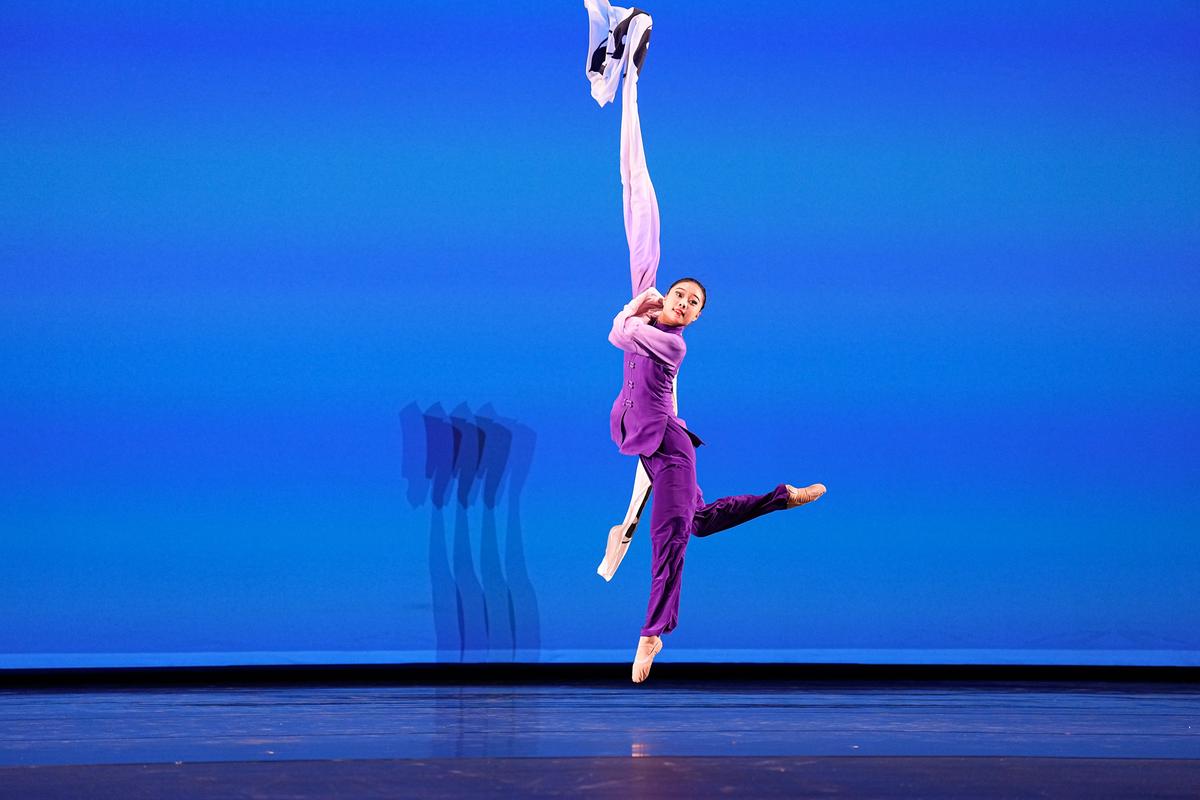
“We are not gymnasts or acrobats. Dancing is created to portray characters—that is, only when a dancer is both highly cultivated and skillful can they achieve a balance of strength and gentleness in their performances,” Ms. Zhang said.
Mr. Li said that in the competition, dancers will be judged on both a narrative-focused piece and technique-focused piece filled with difficult movements, adding that regardless of the piece, classical Chinese dance is an art in which inner feeling drives outer movement.
“Each movement has to have a lot of emotion behind it. That’s something that’s very crucial to classical Chinese dance—inner expression,” he said. It’s called “shen yun” in Chinese—not to be confused with the “Shen Yun” in the name of the performing arts company, which means “the beauty of divine beings dancing.”
“Every single movement is carried by your emotions. And more than that, it’s almost a reflection of what kind of person you are. So what kind of morals you have in your daily life, how you think, your life experiences—this is all reflected in your ’shen yun' and through your dance movements.”
Roy Chen, a principal dancer with Shen Yun and two-time Gold Award winner at the NTD International Classical Chinese Dance Competition, wanted expressed words of encouragement to the 2023 contestants.
“In hindsight, a lot of my growth in musicality, acting, dance form, and technique actually came rapidly during my participation in past competitions,” he said.
He had some advice for viewers as well: don’t worry about not knowing the specifics of classical Chinese dance. When it comes to technique, does the dancer seem dignified, and do the movements feel grand? Do they wobble when land after a jump or flip? It will be easy to tell whether someone is performing well.
When it comes to bearing, or whether the dancer is able to fully embody the character, and let their inner feelings drive their body into movement, it’s even easier to tell, he shared.
“To put it plainly, if the performance kind of puts you to sleep, they haven’t got it,” he said. “On the other hand, if they’re really leading their movements with their inner feeling, you‘ll be pulled into the performance. You’ll enter the artist’s inner world.”
